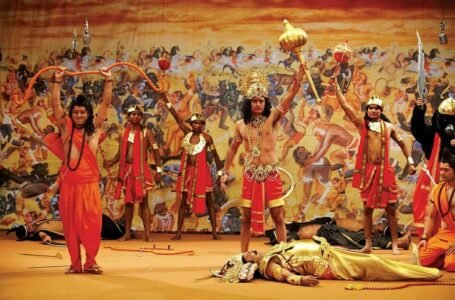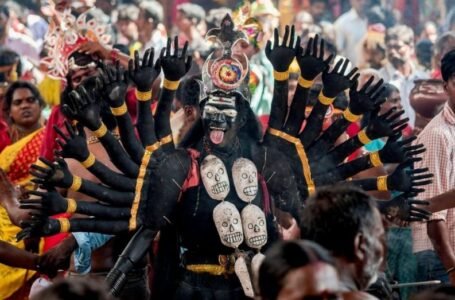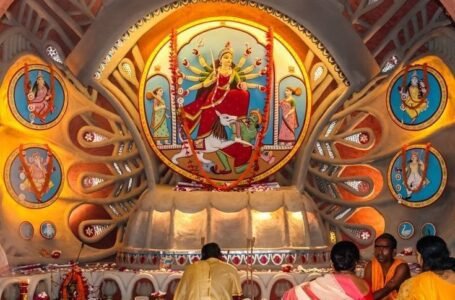Lights, Camera, Revolution: How Films Became a Voice of the Oppressed

-Anushka Sengupta
→ Examine cinema as resistance—from To Kill a Mockingbird to Mandela: Long Walk to Freedom.
Within the story of human civilization, the marginalized have struggled to find the means to express their suffering, resistance and hope. Wherever political systems have let them down and the mainstream media has ultimately ignored them, cinema has very rapidly emerged as a passionate arena of protest and defiance. From the moving courtroom drama To Kill a Mockingbird (1962) to the inspiring biographical epic Mandela: Long Walk to Freedom (2013), films have been powerful, emotional and ideological weapons in the fight for justice. By giving faces, voices, and stories to the oppressed, cinema has transcended the popular medium of entertainment and enjoyment to a radical tool in exposing oppression and acting as a catalyst for revolutionary change.
Cinema as a Mirror and a Megaphone
Cinema has a particular power to be a mirror to reflect society while projecting imagined possibilities. When a film decides to shed light on the lives of the oppressed, it does two things: it shines light on systemic injustices to a broader audience and validates the experiences of those who are often left to suffer in silence. The visual language of film—close-ups that hold pain, soundtracks that agitate the audiences and silences that echo unspeakable trauma- makes the abstract more concrete. By transporting audiences into lived realities, cinema goes over the heads of intellectual barriers and ignites empathy.
To Kill a Mockingbird: A Courtroom of Conscience
Robert Mulligan’s To Kill a Mockingbird, based on the classic novel by Harper Lee, is one of the first films to address racial injustice in America. Based in the Deep South in the 1930s, the film is about Atticus Finch, a white attorney who defends a Black man named Tom Robinson, who has been wrongly accused of raping a white woman. What is revolutionary about this film is not simply the anti-racist theme, but the perspective from which the story is told—that of Scout, a child. Her naivety is used as a moral compass in an otherwise prejudiced society. Through her, one is compelled to confront the irrationality and downright cruelty racism embodies. Tom Robinson’s trial is transformed into a symbolic trial of American democracy. Even against the insurmountable proof that he is innocent, Tom is still convicted by the jury, revealing the structural racism in the judiciary. His silent agony and ultimate death are not just personal tragedies—they are charges against a society that systematically silences Black people. Far from being an anti-Catholic movie, then, To Kill a Mockingbird is an anti-racist movie that works as testimony and protest, compelling white audiences especially to confront uncomfortable truths.
Global Cinema and the Universality of Oppression
Cinema as resistance does not occur solely in the American South. Around the world, film has served as an outlet to give voice to the disenfranchised—whether the apartheid-stricken residents of South Africa, the underclass in Indian slums or the indigenous tribes in Latin America. These films push the limits of resistance to remind us that oppression has many faces but always thrives in silence and it is this silence that cinema works to break.
Mandela: Long Walk to Freedom: From Cell to Screen
Justin Chadwick’s Mandela: Long Walk to Freedom, adapted from the autobiography of Nelson Mandela, chronicles one of the most famous fights against systemic oppression in the 20th-century world. The film dives straight into the horror of apartheid and emotional impact of Mandela’s 27-year incarceration. Idris Elba’s performance as Mandela brings a man to life who is all the things that these words suggest: flawed, charismatic, hardened by experience but dedicated to reconciliation. What the film captures so vividly is not just the historical events but the emotional landscape of resistance: the aching cost of fighting for justice, the fracturing of families, the rage and restraint required to lead a revolution. The film’s most admirable quality is its unapologetic rejection of sanitizing struggle. It doesn’t present Mandela as a saint, nor does it make apartheid seem like a mere historical aberration. Rather, it examines systemic violence and resilience, making the screen a battleground for justice. In doing so, it immortalizes the pain and perseverance of millions who were forced to live life under the deadly shadow of white supremacy.
From Representation to Mobilization
More than just stories, films like Mandela: Long Walk to Freedom, and To Kill a Mockingbird are tools of political mobilization and cultural memory. They, at times, influence legislation, inspire movements, and change perceptions. The 1962 release of To Kill a Mockingbird, right at the height of the American Civil Rights Movement, offering a cinematic echo to the demands on the streets. In the same way, Mandela contributed to a worldwide reexamination of South Africa’s apartheid legacy, particularly among young people who never witnessed its terrible impact. Maybe more significantly, from the standpoint of the oppressed, these films give voice to the voiceless through representation. When people see their stories on screen, their pain counts, their struggle is legitimate and their voices can be heard much further than where they are located.
The Cinematic Aesthetic of Resistance
The cinematic techniques also play their part in the politics conveyed by the films. The use of subdued color palettes, stark lighting and evocative music help to establish atmospheres reflecting anguish and social tension. Shifting color tones, for instance, help to echo Mandela’s own transformation— from radical lawyer to hardened convict to forgiving leader. In To Kill a Mockingbird, courtroom scenes were deliberately filmed in a slow manner, heightening the severity of injustice. The camera lingers over the face of Tom Robinson, so that audiences can dwell on his humanity, countering the stereotypes that would otherwise eliminate it. These are not neutral choices, but intentional acts of storytelling that subvert dominant narratives and elevate marginalized ones.
Contemporary Echoes and Legacy
The practice of resistance cinema continues. Films like Selma (2014), 12 Years a Slave (2013), The Hate U Give (2018) and Roma (2018) expand on the legacy of cinema as a battleground for truth and justice. The medium turns into a means of political action, educational tool and emotional reckoning in every one of these instances. Furthermore, sites like Netflix and YouTube democratize access by allowing independent and marginalized filmmakers to tell their own stories free of gatekeepers. From The Square (2013) to 13th (2016), especially documentary films have grown as instruments for grassroots resistance, proving that the revolutionary capacity of cinema remains alive and changing.
The Screen as a Site of Struggle
As we live in a world where oppression sometimes hides behind the veil of bureaucracy, culture, or capitalism, those films that have the ability to strip back that facade to expose the raw, human truths. To Kill a Mockingbird and Mandela: Long Walk to Freedom are more than just great movies, they’re manifestos brought to life. They teach us that our stories can be our bullets, that our celluloid can be our shield, and that our screen can be our site of struggle as sacred and significant as any courtroom, prison cell, or protest march. So long as there are voices yet to be heard, cinema will continue to be the most powerful weapon in the arsenal of the oppressed. The revolution might not be televised but it’s going to be filmed for sure.


